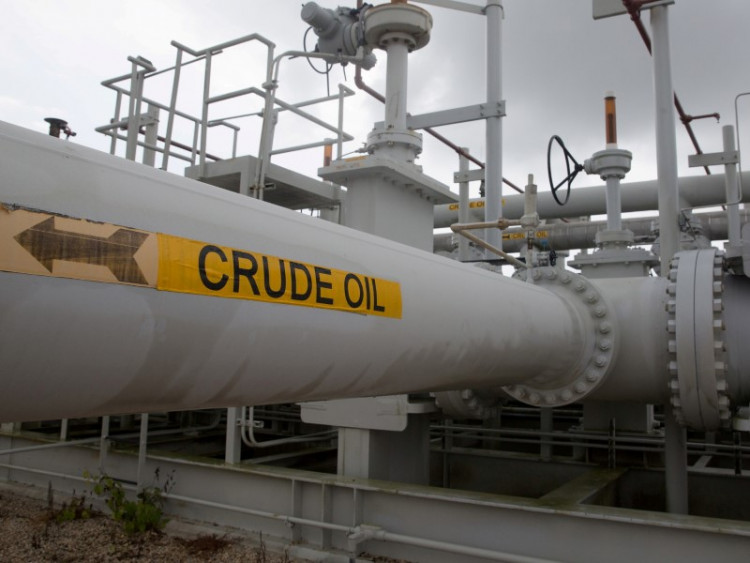July saw a surge in Russia's oil export revenue, breaking the ceiling set by the West. This revelation came from a report by the International Energy Agency (IEA) on August 11.
According to the IEA's data, the weighted average price of Russian maritime crude oil exports in July soared to $64.41 per barrel, overshooting the $60 cap set by Western countries the previous year.
On December 5, 2022, the European Union, Group of Seven (G7), and Australia had imposed a price cap on Russian maritime crude oil exports. The stipulations of this sanction dictated that if Russian export prices exceeded $60 per barrel, EU companies would be prohibited from providing insurance and financial services for Russian oil transport.
Bloomberg highlighted that during the Russia-Ukraine conflict, the West implemented this cap aiming to limit the inflow of oil dollars into Moscow while maintaining the global flow of Russian oil. With Russia being one of the world's largest oil producers, excessively stringent measures could risk causing a broader price hike.
In light of Russia breaking the price cap, the country's oil revenue saw an increase.
The IEA reported that due to the rise in international crude oil prices and a narrowing discount on Russian crude oil and petroleum products, Russia garnered $15.3 billion from oil and fuel exports in July - a nearly 20% uptick from June. Despite this increase, the nation's oil revenue was still down by over a fifth compared to the same period last year.
Russia's oil exports remained stable in July at 7.3 million barrels per day, marking the lowest level in at least a year. Notably, China and India accounted for around 80% of the total export volume.
Bloomberg stated that the surge in Russian oil revenue to an eight-month high suggests the country has, to some extent, sidestepped Western pricing restrictions. In its ongoing quest for oil markets, Russia primarily depended on a fleet of older tankers, also referred to as a "shadow fleet," successfully driving the average price of Russian oil trades beyond the $60 cap.
In response to the Western price sanctions, Russia had previously pledged to reduce its daily crude oil production by 500,000 barrels, using its February output as a baseline. The IEA pointed out that Russia exceeded its voluntary production cut promise in July, with the month's daily crude oil production at 9.4 million barrels, nearly 550,000 barrels less than in February.
Apart from cutting production, Russia has also signaled its intentions to slash its daily crude oil exports by 500,000 barrels in August, with further gradual reductions planned for September. Due to the ongoing reduction scheme, the IEA anticipates oil prices may continue to rise in the upcoming months.






